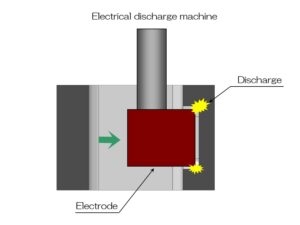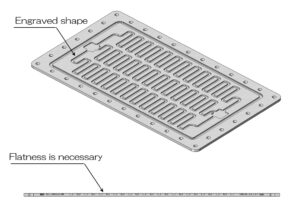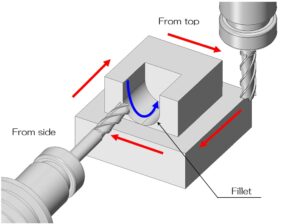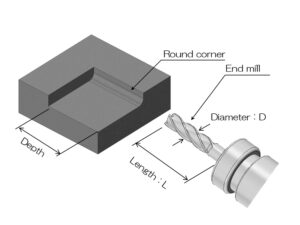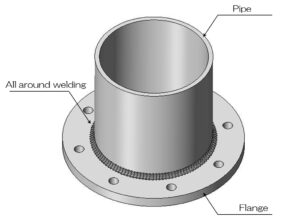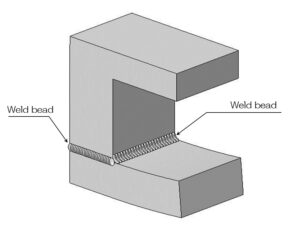014 Milling: Destortion of thin shape
Milling is a removal process, so when processing thin objects, deformation inevitably occurs due to stress. Here are some examples of shapes that are easy to deform.
010 Milling: Design considering with setup changes
By aligning the machining surfaces, it is possible to reduce setup changes and the number of machining steps. Here are some examples of such rational design changes.
003 Milling: Corner radius and L/D
We will explain the corner radius and L/D constraints specific to cutting. If you imagine the machining process and set the radius and cutting depth, you will get a reasonable design.
002 Welding: Distortion and how to deal with it
We will introduce the tendency of distortion due to welding and how to deal with it. The degree of distortion varies depending on the thinness of the base metal, the depth of weld penetration, the length of the weld leg, etc. Let's design it rationally, keeping in mind how to deal with distortion!
001 Welding: Treatment of weld beads
We will introduce how to treat weld beads. There are various methods of processing weld beads depending on the material and purpose, but they can be broadly divided into only removing burn and bead cutting. In the medical and semiconductor fields, beads are often cut and then buffed.
